€3.48
/ per pack
Choose seeds per pack:
Botanical name: Datura stramonium
Common name: Thorn Apple, Thornapple, Jimsonweed, Jimson Weed, Devil’s Snare, Devil’s Trumpet
Kingdom: Plantae
Clade: Tracheophytes
Clade: Angiosperms
Clade: Eudicots
Clade: Asterids
Order: Solanales
Family: Solanaceae
Genus: Datura
Species: D. stramonium
Datura stramonium, known by the common names thorn apple, jimsonweed (jimson weed), devil’s snare, or devil’s trumpet, is a poisonous flowering plant of the nightshade family Solanaceae. It is a species belonging to the Datura genus and Daturae tribe. Its likely origin was in Central America, and it has been introduced in many world regions. It is an aggressive invasive weed in temperate climates across the world. D. stramonium has frequently been employed in traditional medicine to treat a variety of ailments. It has also been used as a hallucinogen (of the anticholinergic/antimuscarinic, deliriant type), taken entheogenically to cause intense, sacred or occult visions. It is unlikely ever to become a major drug of abuse owing to effects upon both mind and body frequently perceived as being highly unpleasant, giving rise to a state of profound and long-lasting disorientation or delirium (anticholinergic syndrome) with a potentially fatal outcome. It contains tropane alkaloids which are responsible for the psychoactive effects, and may be severely toxic.
Datura stramonium is an erect, annual, freely branching herb that forms a bush up to 60 to 150 cm (2 to 5 ft) tall.
The root is long, thick, fibrous, and white. The stem is stout, erect, leafy, smooth, and pale yellow-green to reddish purple in color. The stem forks off repeatedly into branches and each fork forms a leaf and a single, erect flower.
The leaves are about 8 to 20 cm (3–8 in) long, smooth, toothed, soft, and irregularly undulated. The upper surface of the leaves is a darker green, and the bottom is a light green. The leaves have a bitter and nauseating taste, which is imparted to extracts of the herb, and remains even after the leaves have been dried.
Datura stramonium generally flowers throughout the summer. The fragrant flowers have a pleasing odour; are trumpet-shaped, white to creamy or violet, and 6 to 9 cm (2+1?2–3+1?2 in) long; and grow on short stems from either the axils of the leaves or the places where the branches fork. The calyx is long and tubular, swollen at the bottom, and sharply angled, surmounted by five sharp teeth. The corolla, which is folded and only partially open, is white, funnel-shaped, and has prominent ribs. The flowers open at night, emitting a pleasant fragrance, and are fed upon by nocturnal moths.
The egg-shaped seed capsule is 3 to 8 cm (1–3 in) in diameter and either covered with spines or bald. At maturity, it splits into four chambers, each with dozens of small, black seeds.
Datura stramonium is native to North America, but was spread widely to the Old World early where it has also become naturalized. It was scientifically described and named by Swedish botanist Carl Linnaeus in 1753, although it had been described a century earlier by botanists such as Nicholas Culpeper. Today, it grows wild in all the world’s warm and temperate regions, where it is found along roadsides and at dung-rich livestock enclosures. In Europe, it is found as a weed in garbage dumps and wastelands, and is toxic to animals consuming it. In South Africa, it is colloquially known by the Afrikaans name malpitte (“evil seeds”).
Through observation, the seed is thought to be carried by birds and spread in their droppings. Its seeds can lie dormant underground for years and germinate when the soil is disturbed. The Royal Horticultural Society has advised worried gardeners to dig it up or have it otherwise removed, while wearing gloves to handle it.
Datura stramonium prefers rich, calcareous soil. Adding nitrogen fertilizer to the soil increases the concentration of alkaloids present in the plant. D. stramonium can be grown from seed, which is sown with several feet between plants. It is sensitive to frost, so should be sheltered during cold weather. The plant is harvested when the fruits are ripe, but still green. To harvest, the entire plant is cut down, the leaves are stripped from the plant, and everything is left to dry. When the fruits begin to burst open, the seeds are harvested. For intensive plantations, leaf yields of 1,100 to 1,700 kilograms per hectare (1,000 to 1,500 lb/acre) and seed yields of 780 kg/ha (700 lb/acre) are possible.
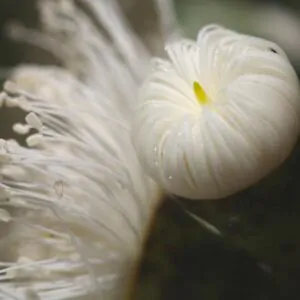
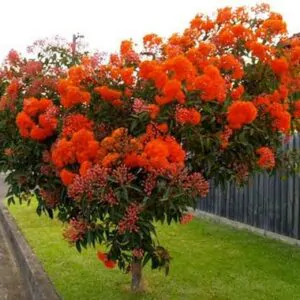
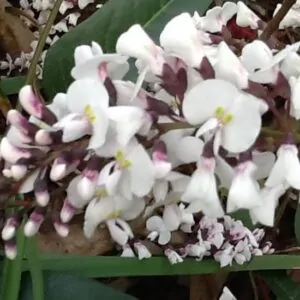
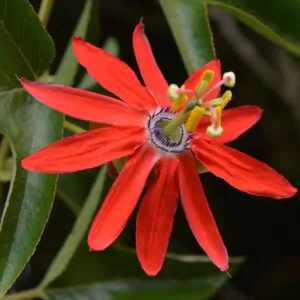
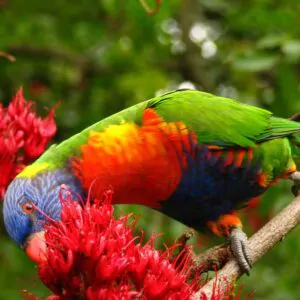
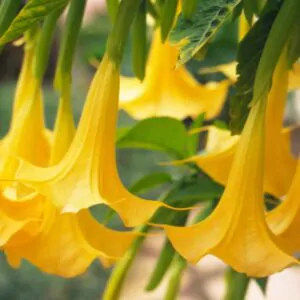
| Cookie | Duration | Description |
|---|---|---|
| cookielawinfo-checkbox-analytics | 11 months | This cookie is set by GDPR Cookie Consent plugin. The cookie is used to store the user consent for the cookies in the category "Analytics". |
| cookielawinfo-checkbox-functional | 11 months | The cookie is set by GDPR cookie consent to record the user consent for the cookies in the category "Functional". |
| cookielawinfo-checkbox-necessary | 11 months | This cookie is set by GDPR Cookie Consent plugin. The cookies is used to store the user consent for the cookies in the category "Necessary". |
| cookielawinfo-checkbox-others | 11 months | This cookie is set by GDPR Cookie Consent plugin. The cookie is used to store the user consent for the cookies in the category "Other. |
| cookielawinfo-checkbox-performance | 11 months | This cookie is set by GDPR Cookie Consent plugin. The cookie is used to store the user consent for the cookies in the category "Performance". |
| viewed_cookie_policy | 11 months | The cookie is set by the GDPR Cookie Consent plugin and is used to store whether or not user has consented to the use of cookies. It does not store any personal data. |